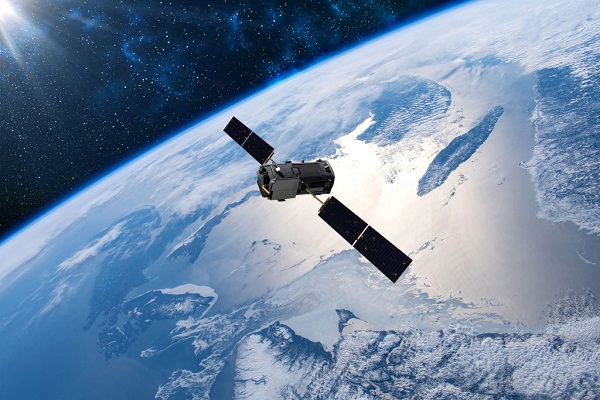Chinese researchers have reportedly conducted simulations to study methods of “hunting” SpaceX’s Starlink satellites.
This development, revealed in a report by researchers from the Nanjing University of Aeronautics and Astronautics, underscores growing concerns about the potential military applications of satellite megaconstellations.
Innovative Strategy Inspired by Nature
The simulation employed a novel approach inspired by whale hunting behaviors.
Utilizing artificial intelligence, the research team coordinated 99 Chinese satellites to target approximately 1,400 Starlink satellites within a 12-hour window.
The strategy draws parallels to how whales channel prey collaboratively, allowing for efficient and energy-conserving movements in space.
A binary AI algorithm played a critical role in the simulation, enabling rapid calculations and strategic planning. The system reportedly generated operational plans within two minutes from a ground control center, demonstrating a significant leap in real-time decision-making capabilities.
Strategic Concerns Over Starlink
Starlink, a satellite internet constellation operated by SpaceX, has faced scrutiny for its potential military applications.
Its role in enhancing battlefield communications has been observed in conflicts like the Russia-Ukraine war, where Starlink’s capabilities were instrumental in maintaining connectivity for military and civilian operations.
Chinese researchers emphasized that the rapid expansion of the Starlink network—projected to include tens of thousands of satellites—poses potential risks to space security.
They advocated for close monitoring and tracking of Starlink’s operational activities to mitigate perceived threats.
The Growing Militarization of Space
This report highlights broader geopolitical tensions surrounding space technology. As nations increasingly integrate space-based assets into their military strategies, the lines between civilian and military applications of satellite technology are becoming blurred.
China’s focus on Starlink reflects the country’s strategic priorities in safeguarding its own satellite networks and countering potential threats from foreign megaconstellations. The simulation study also underscores the importance of AI and machine learning in shaping the future of space operations.
Implications for Global Space Security
The findings raise questions about the need for international cooperation and regulation in the rapidly evolving domain of space.
While the study primarily underscores defensive measures, it also reflects the escalating competition in space technology and its implications for global security.
SpaceX has not yet commented on the simulation or its potential ramifications. However, the growing interest in counter-satellite capabilities signals an urgent need for dialogue on the responsible use of space technology to avoid conflicts and ensure the sustainability of space exploration.
Conclusion
The simulation conducted by Chinese researchers offers a glimpse into the future of space security dynamics.
As satellite constellations like Starlink continue to expand, the importance of developing strategies for monitoring, tracking, and potentially mitigating risks will remain a focal point of international discuss.
Also Read
Australian Ugg Boot Maker Forced to Rebrand After International Trademark Battle
Sydney Trains Employees Offered 13% Pay Rise Amidst Ongoing Industrial Action

